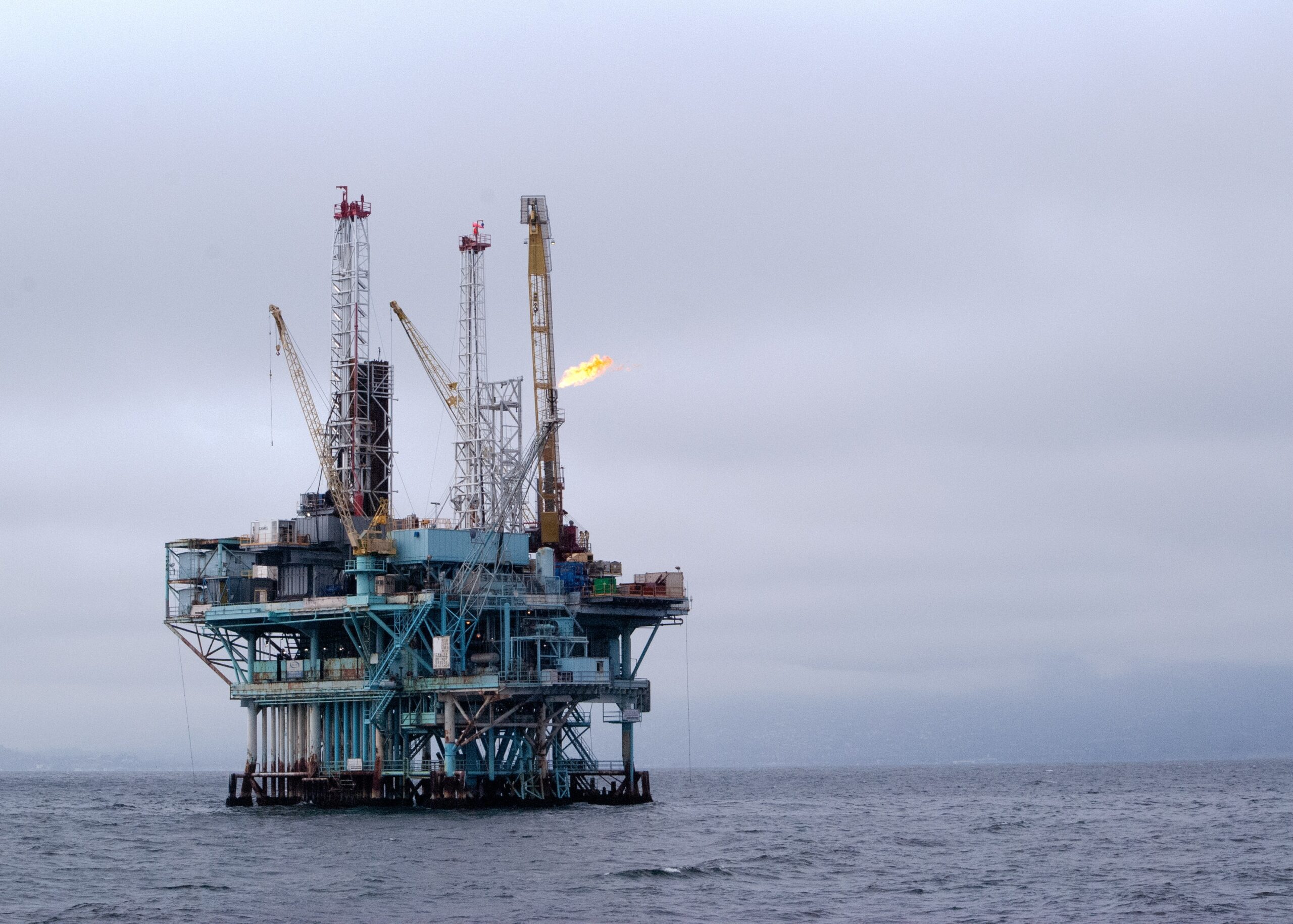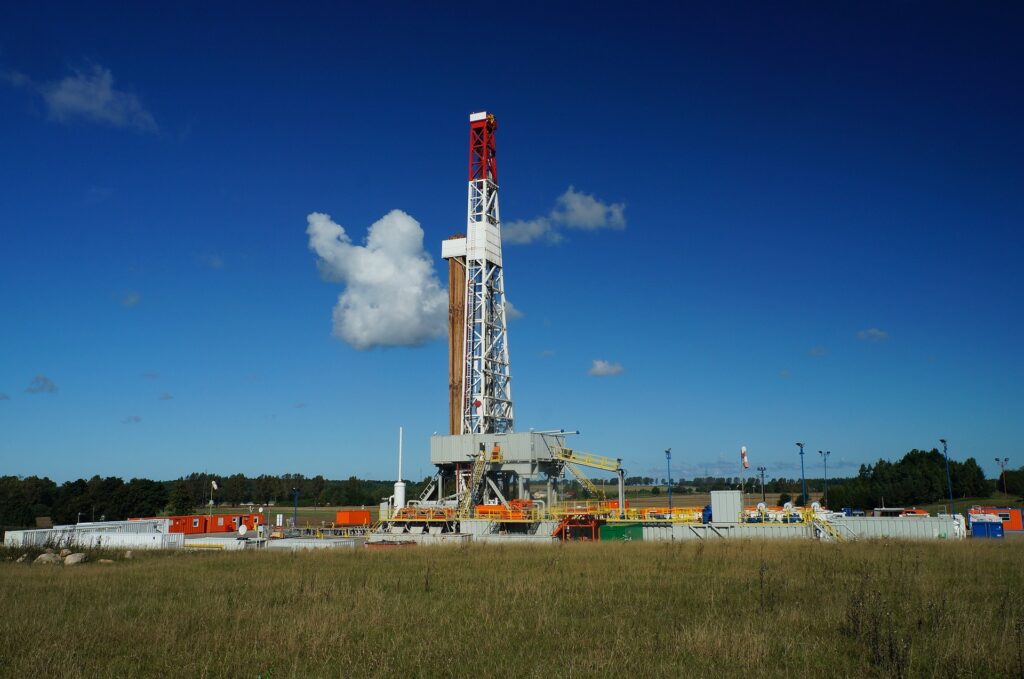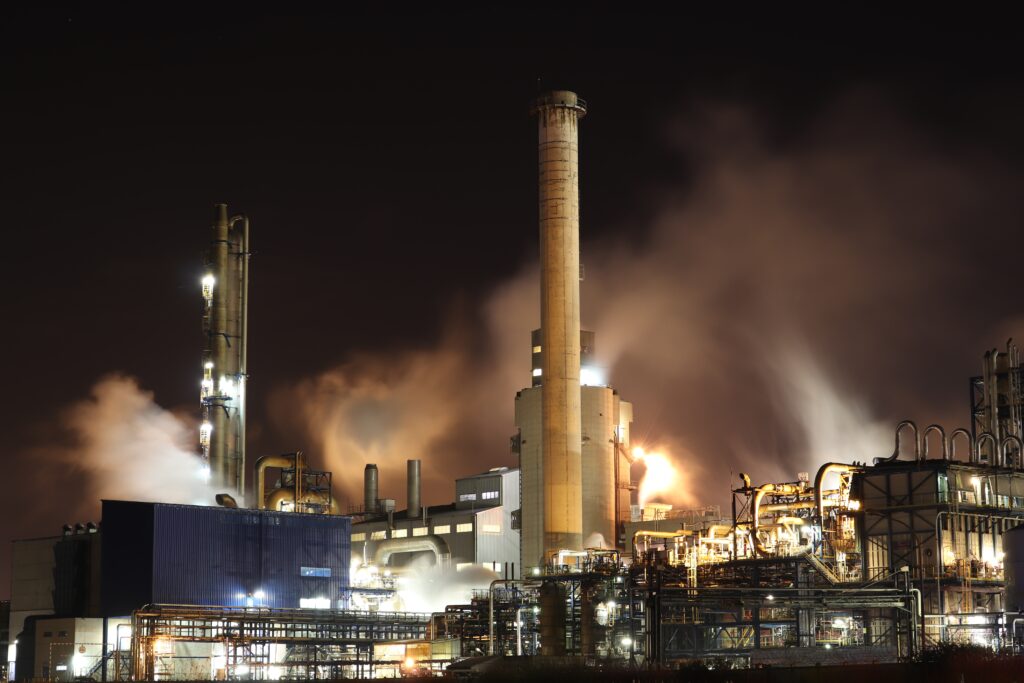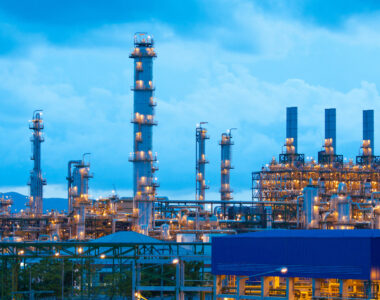No products in the cart.

The Process of Propane Extraction
Propane gas is a type of liquefied petroleum gas (LPG) that is commonly used for heating, cooking, and fueling vehicles.
The process of extraction starts with drilling a well deep into the ground, which can go as deep as several thousand feet. Once the well has reached the natural gas reservoir, a steel pipe called a casing is inserted into the well to prevent the sides from collapsing.

Next, a perforating gun is used to make holes in the casing to allow the natural gas to flow into the well. The perforating gun uses small explosives to create tiny holes in the casing, which allows the natural gas to flow into the wellbore.
Depending on the formation, hydraulic fracturing, or fracking may be required to allow the trapped gas to escape. This involves pumping a mixture of water, sand, and chemicals into the wellbore at high pressure, which fractures the rock and releases the natural gas. The sand particles prop open the fractures, allowing the natural gas to flow more freely. During the extraction of natural gas, a liquid called condensate is also produced. Condensate is a light hydrocarbon liquid that is similar to crude oil and is often found in the same underground reservoirs as natural gas. The natural gas and condensate are produced together during the extraction process and then separated at the processing plant.
The condensate is separated from the natural gas using a process called stabilization. This involves heating the condensate to remove the lighter hydrocarbon gases and leave behind a stabilized liquid. Once the condensate has been stabilized, it is transported to refineries where it is further processed into a variety of products such as gasoline, diesel fuel, and jet fuel.
Condensate is also used as a feedstock for the production of petrochemicals, which are used in the production of plastics, synthetic fibers, and other products. In conclusion, the extraction of natural gas also results in the production of condensate, a light hydrocarbon liquid that is separated from the natural gas using a process called stabilization. The condensate has various uses in different industries, from refining into fuels to use as a feedstock for the production of petrochemicals.
It’s important to note that the process of extracting propane gas involves several environmental and safety concerns. The fracking process has been a subject of controversy due to its potential impact on groundwater quality and seismic activity. Therefore, strict regulations and safety measures are in place to ensure the safe extraction and transport of propane gas.
The Refining Process
At the processing facility, the natural gas is treated to remove impurities such as water, sulfur, and carbon dioxide. This is done using a process called “sweetening,” which involves passing the natural gas through a series of filters and separators to remove the impurities.
Once the natural gas has been sweetened, it is then separated into its component parts, which include propane, butane, and ethane. This is done using a process called “fractionation,” which involves cooling the natural gas to very low temperatures to separate the different components based on their boiling points.

After the propane has been separated, it is transported to a propane storage facility, where it is stored in large tanks until it is ready to be distributed to consumers. The propane is then transported to distribution centers, where it is filled into smaller tanks for residential and commercial use.
It’s important to note that the manufacturing process of propane gas involves strict safety regulations and procedures to ensure the safe handling and transport of the gas. Safety measures include leak detection systems, pressure relief valves, and regular inspections and maintenance of equipment.

